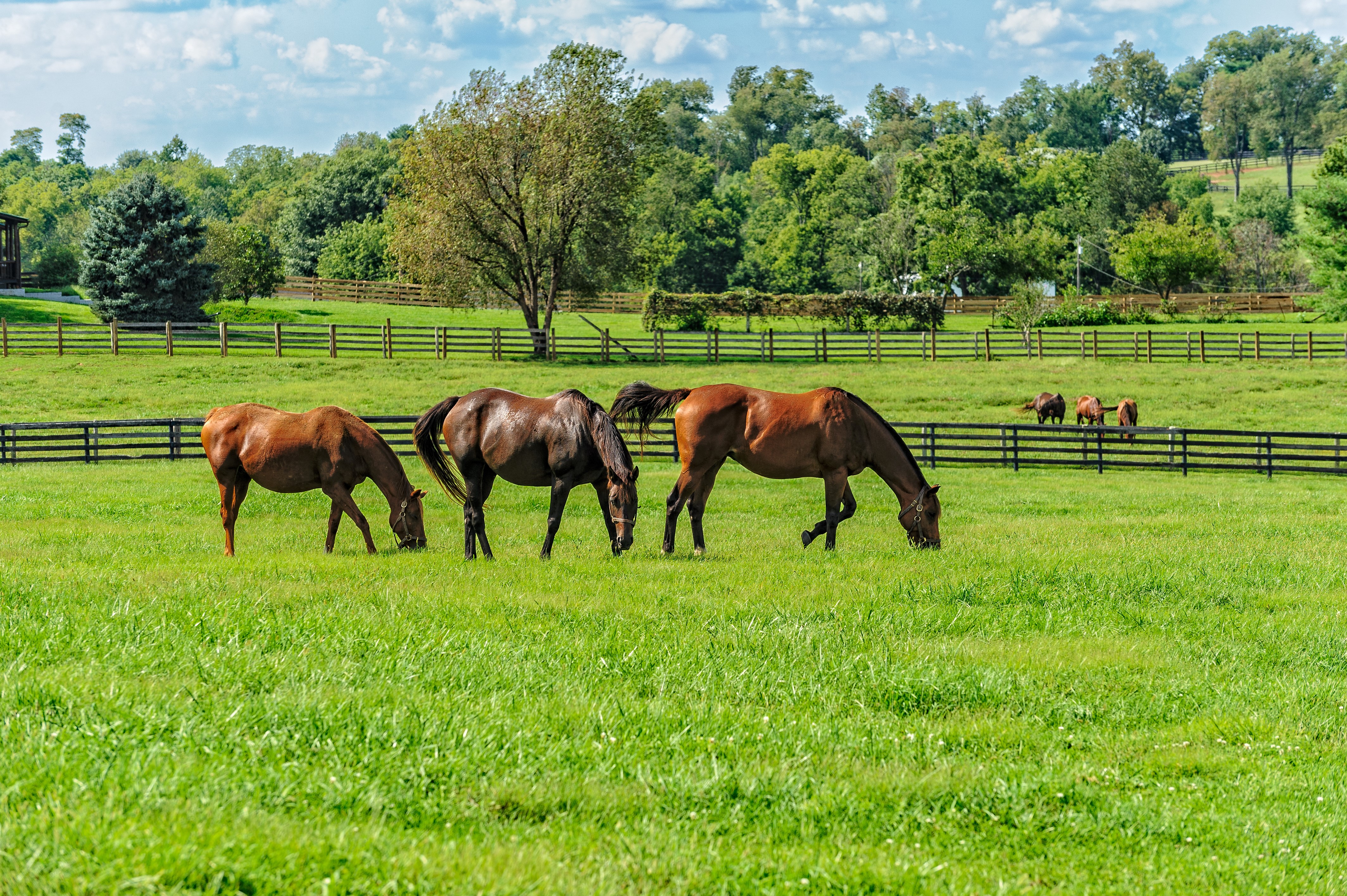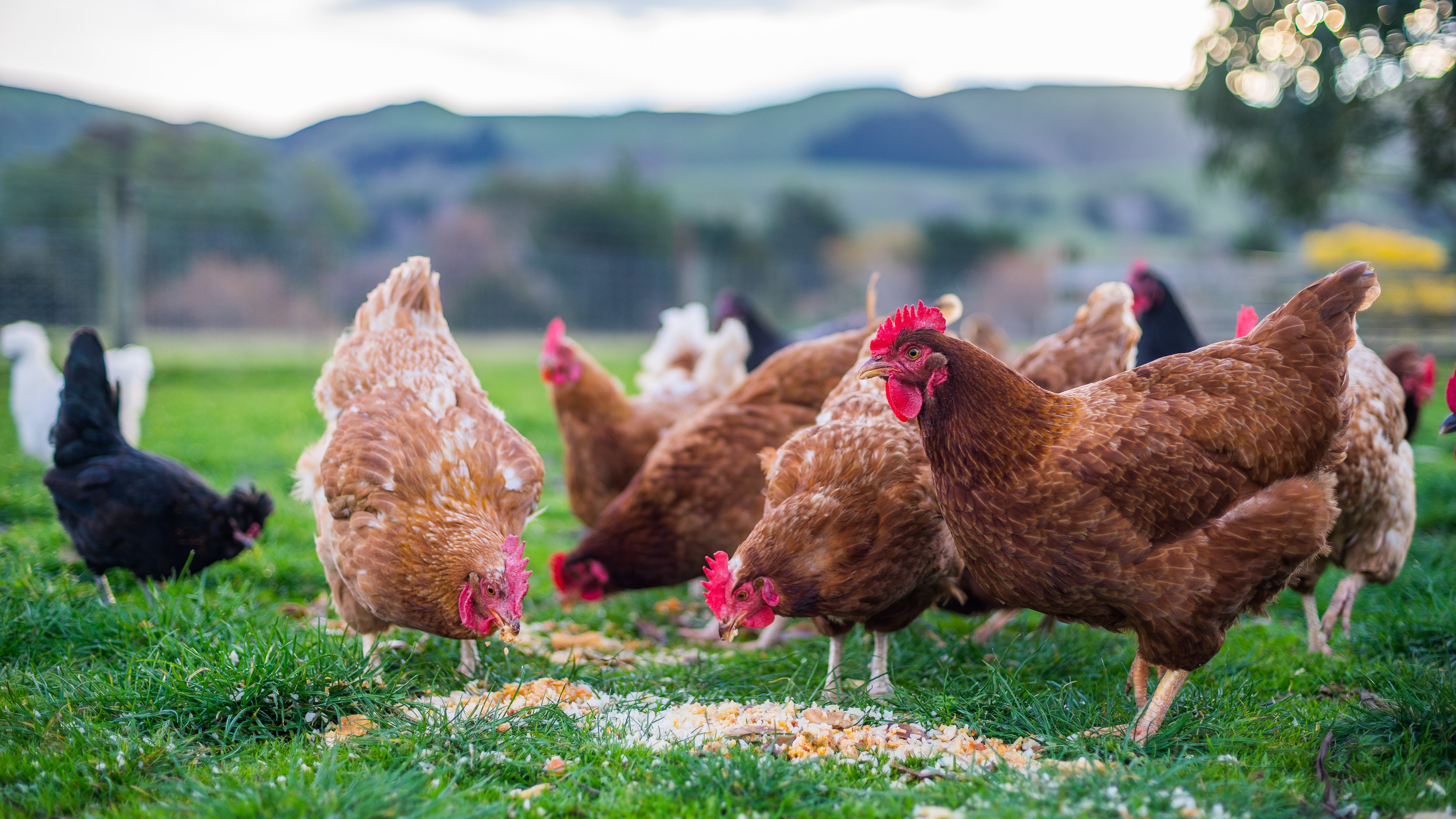Schmallenberg disease
Introduction
Schmallenberg virus (SBV) was first identified in Germany and the Netherlands in the Summer of 2011. The first case of Schmallenberg was diagnosed in Ireland in October 2012, and over the following five months , the virus was detected directly in 49 cattle holdings and 30 sheep holdings. However, as the condition is not notifiable it is likely many more cases were never taken to a laboratory for confirmation and therefore have gone undetected. There was no further evidence of SBV transmission in Ireland until October 2016, when the virus was detected in a malformed bovine foetus.
Clinical signs
In cattle SBV is associated with fever, milk drop, diarrhoea, as well as abortion and deformed foetuses. In sheep and goats, it is known to cause abortion and deformed lambs. The congenital deformities which occur include torticollis (twisted neck, maybe also ‘locked), arthrogryposis (limbs bent & locked), shortened lower jaws and hydranencephaly (abnormalities with excess fluid in the brain). The critical period for the development of congenital deformities is when infections occurs between 28-56 days in sheep and 62-170 days in cattle.
Transmission
Schmallenberg virus is transmitted by midges (Culicoides species), of which there are 25 species in Ireland. Adult males and females feed on nectar but female needs a blood meal for the eggs to mature. Most biting activity occurs from April to December. The larvae can overwinter but there is no evidence to show that virus overwinters in the larvae. Larvae can survive for up to a year. It is thought that over wintering occurs through low level midge activity over the winter. The virus has also been found in the spleen of animals for longer periods than in other tissues.
Windborne dispersal of midges facilitates the spread of infection over a wide geographical area. It is suspected that the virus was carried by midges by wind borne spread from Europe to the UK. It is not clear whether it was spread to Ireland by the wind or through viraemic imported animals.
Geographical aspects
The location of the confirmed cases in 2012 and 2013 was in the south and south east in particular, affecting Munster and south Leinster for the most part. The early lambing sheep flocks in these areas have been worst affected in these areas, as the foetus lambs were exposed to the virus at the crucial 28-56 day interval. There was a similar distribution over the 2016/ 2017, although fewer cases were reported to the Dept. Blood testing indicated that the disease spread more northerly and westerly in 2016
Immunity to infection
Strong immunity will develop where there has been adequate exposure to the virus. This means that most animals exposed to the virus will develop an immunity to the virus and should be protected if they come in contact with the virus again. Data from blood sampling cattle herds indicate a high level of within herd seroconversion (antibody positive) as a result of natural infection. Evidence from Europe and from blood sampling sheep in endemic areas here in Ireland suggest that the within flock seroconversion is very variable. Herd level seroconversion needs to be in excess of 80% to give an effective herd immunity. Our data from endemic areas indicate sheep flock seroconversion levels vary between 15% and 70%. It is so variable in fact that it raises doubts over the efficacy of natural infection to create a sufficient immunity to protect a flock against a recurrence in sheep. It is not clear if the difference is due to a difference in immunological response or simply due to the physical barrier of wool preventing the midges biting all the sheep together.
Impact of Schmallenberg on farms
In general Schmallenberg virus is considered a low impact disease. The European Food Safety Authority reports in general a within flock prevalence of deformed lambs of 5%. However, naïve cattle herds with compact calving and naïve sheep flocks with synchronised early lambing can experience prevalences significantly in excess of this.
A DAFM study found a 10% reduction in weaning rates in flocks where SBV was confirmed. However, this was in predominately early lambing flocks, or the early lambing portion of flocks.






